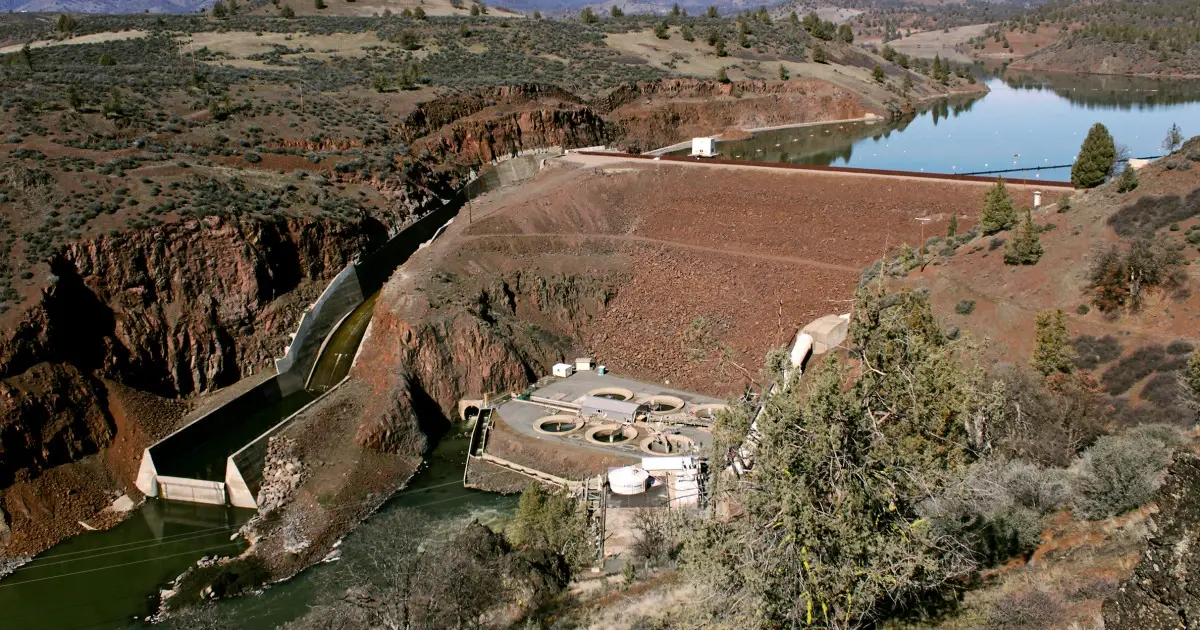This is awesome. I was just listening to an NPR story about the area below the Khakova dam in Ukraine that has been re-flooded by the Dnipro river. The folks there seem pretty thankful for the river for military reasons, but also because the environment has been restored already to a state that it hasn’t seen since the 60s. Plants and animals that have been gone for decades are already moving back in. It’s glorious to see.
We’re also working on this sort of thing in North East Ohio! An article from our regional park system:
https://metro-parks.medium.com/gorge-dam-removal-draws-near-56e9f6d9b53a
Advocates, largely driven by tribal activists along the Klamath River, have been pushing for these dams to be decommissioned for more than 20 years
I hope they are actively involved. Growing up, I was repeatedly taught how American indigenous people were much better with nature than we were. Then I was taught how we actively ignore their advice. Maybe it’s time to listen.
🤖 I’m a bot that provides automatic summaries for articles:
Click here to see the summary
The soil and rocks originally dug and transported from a nearby mountain in the 1950s will be returned to their home and the river will run freely again.
A big part of that effort is centered around dams, many of which were originally constructed when infrastructural development took priority over environmental protection.
And because of aged-out infrastructure, some dams can put people in danger of catastrophic flooding, as more extreme climate events become more common.
McCovey expressed excitement now that the removal has finally begun, calling it “the biggest single restorative action that we can take to start to bring balance back to the ecosystem.” He warned that it could take considerable time to see the impacts.
The Renewal Corporation, environmentalists and the tribes argue that the cost is worth to restore nature to its roots and they point to the success of the Elwha Dam Removal project on the Olympic Peninsula in Washington state in 2011.
That project restored the river’s natural flow, which enabled salmon to return almost immediately, and rebuilt a beach and lagoon that had been deprived of sediment for decades.
Saved 77% of original text.



